The Sea to love and to protect

Mare da amare proteggere Sea to love protect intotheblue.it
In this video, made in May of 2018, we want to show you a stretch of coral reefs in the Maldives completely destroyed by the tsunami of 2004. It was an event due to natural causes, as we describe later on, but we are convinced that coral reefs are threatened, directly or indirectly, by human activity. Trawling and berths of boats and ships can significantly damage them, also the indiscriminate use (fortunately banished years ago) of the poison to stun the fish and the fish trade for aquariums caused in some areas one died a stain of leopard of the polyps that were in the area.

It is the recent warning of scientists about coral reefs in the Indian Ocean: here more than any other part there is an increase in temperatures especially in the areas affected by the El Niño phenomenon such as the Seychelles Islands, at the which was observed nel1998, in conjunction with the meteorological phenomenon, the loss of 90% of corals.
Scientists at the Australian University of Queensland predict the death of the Great Barrier Reef within 50 years due to the rise in average water temperatures (expected to increase from 2 to 6 °c).

The 2004 Indian Ocean earthquake occurred at 00:58:53 on 26 December with the epicentre off the west coast of Sumatra, Indonesia. The shock had a moment magnitude of 9.1. The undersea megathrust earthquake was caused when the Indian Plate was subducted by the Burma and triggered a series of devastating Tsunamis along the coasts of most landmasses bordering the Indian Ocean, killing 230,000–280,000 people in 14 countries, and inundating coastal communities with waves up to 30 metres high.

coralli staghorn morti – staghorn corals dead
It was one of the deadliest natural disasters in recorded history. Indonesia was the hardest-hit country, followed by Sri Lanka, India, Maldive and Thailand.



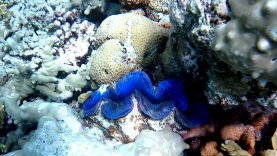

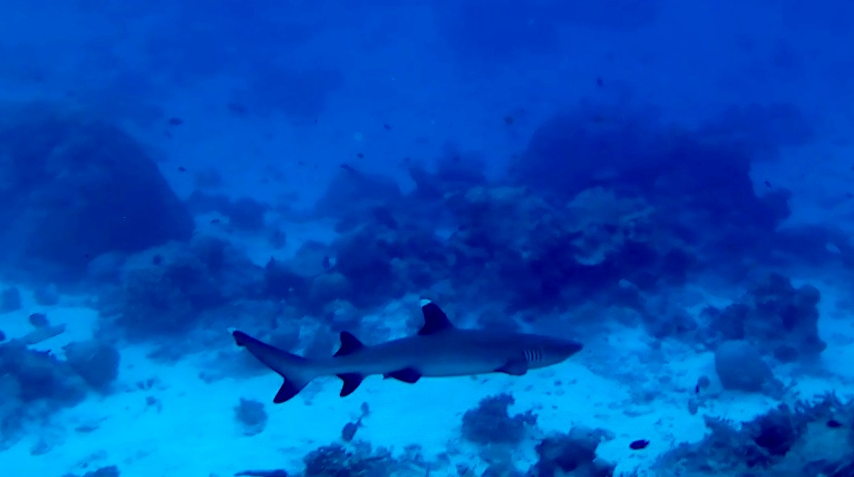















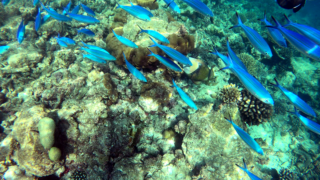

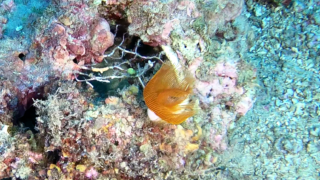
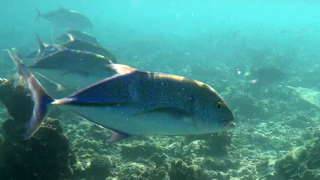
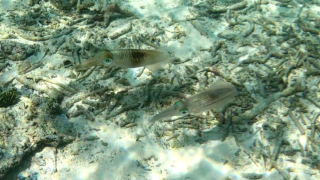



You must be logged in to post a comment.